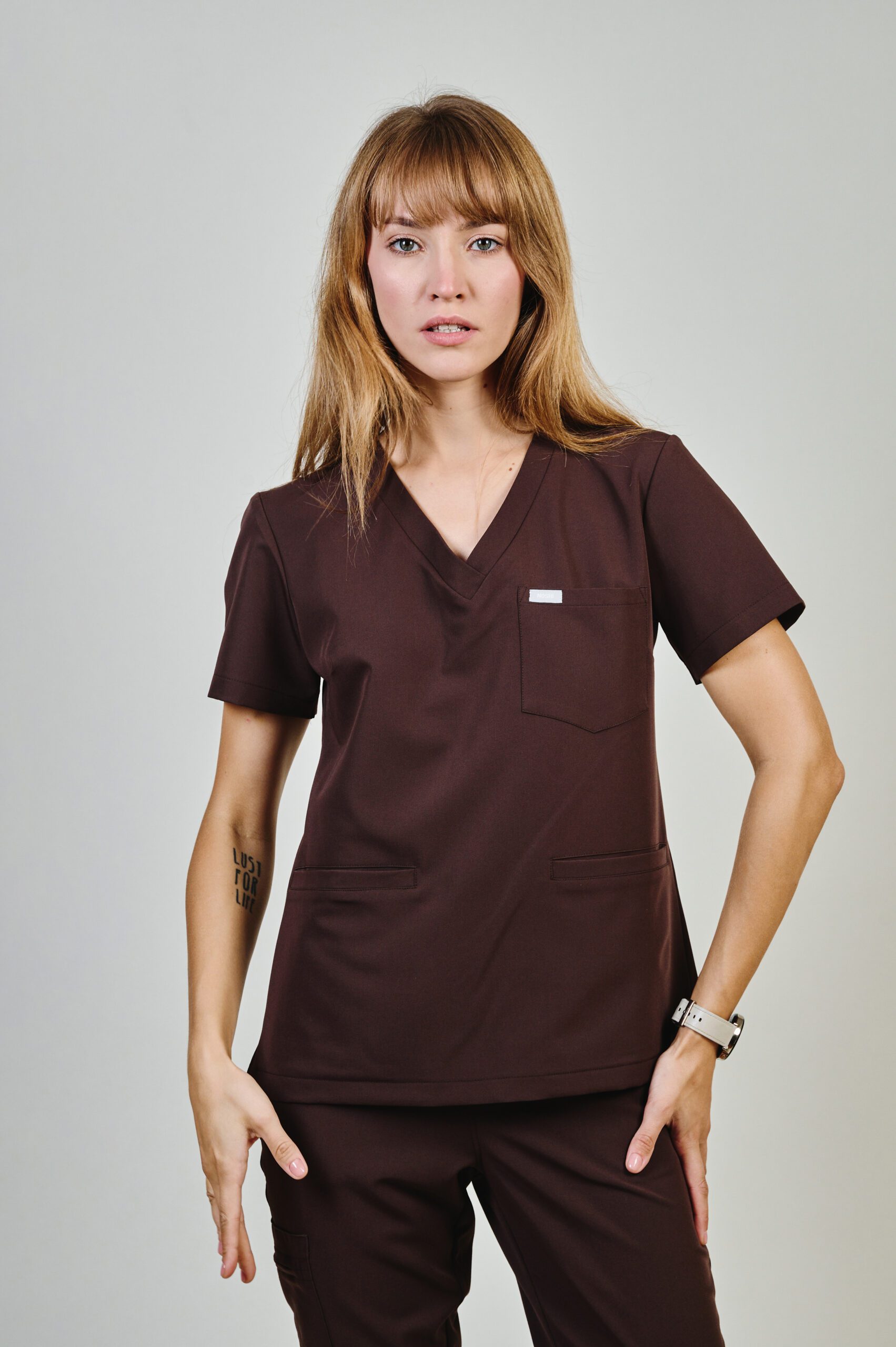
The medical gown is an essential piece of clothing for many healthcare professionals, with important practical and hygienic functions. In this article, we will discuss what they are medical gownswhat types they are and what to look for when choosing the right model.
What is a medical apron?
The medical apron is a specialised protective garment designed for medical personnel such as doctors, nurses or technicians. Its main function is to ensuring protection against biological, chemical and mechanical contaminationwhich may occur during the performance of various medical procedures. In addition, medical gowns are designed to maintaining hygiene and cleanliness in the workplace, as well as protection against the transmission of microorganisms to other people or surfaces.
Types of medical gowns
Medical gowns can be divided into several types according to the material of manufacture, the method of fastening or the intended use. Here are the most important of these:
- Disposable aprons - made of fluid-impermeable materials such as polypropylene or polyethylene. They are lightweight and inexpensive aprons that are discarded after use. They are primarily used in situations where there is a risk of infection or contamination of the worker's clothing, such as during surgical procedures or diagnostic tests.
- Reusable aprons - made of high-quality fabrics such as cotton or polyester. They are more durable and resistant to damage than disposable aprons. They can be washed and ironed, allowing for repeated use. They are mainly used by medical personnel in their daily work. You will find just such aprons in our assortment.
- Protective aprons - are designed for personnel exposed to chemicals, radiation or other agents harmful to health. They are made of materials that are resistant to these agents and often feature additional protective elements such as collars or sleeves.
- Specialist aprons - dedicated to specific professional groups, such as dentists, radiologists or veterinarians. They can have special pockets sewn in for tools, additional safety features or unique designs and colours.
Which medical apron to choose?
Choosing the right medical apron depends on a number of factors, such as the type of work performed, hygiene requirements or individual preferences. Here are some tips to help you decide:
- Material - It is worth paying attention to the material of the apron. For most healthcare workers, aprons made of cotton or polyester, which are comfortable, breathable and easy to clean, will suffice. For exposure to harmful substances, it is worth considering protective aprons made of suitable materials.
- Size and cut - A medical gown should be well-fitted to the wearer's figure so as not to restrict movement and to ensure comfort at work. It is worth checking the sizes and cuts available, as well as the possibility of adjusting e.g. the waist or sleeves.
- Colour and design - Although medical gowns are primarily for practical use, it is also worth paying attention to their aesthetics. Models are available in a variety of colours and designs to suit individual preferences or workplace requirements.
- Additional features - Some medical aprons have additional features such as pockets for instruments, protective collars or special fasteners. It is worth considering whether such features will be useful in your day-to-day work.
How do you look after a medical gown to make it last as long as possible?
Washing of the medical gown should take place regularlyand its frequency depends on the type of activity performed and the degree of exposure to dirt. For medical personnel who have direct contact with patients, it is recommended to wash the apron after each working day. For those working in laboratories or pharmacies, this may be less frequent, such as every few days.
Choosing the right laundry detergents is key to keeping your apron in good condition. You should avoid strong detergents and bleachwhich may damage the fabric of the apron. Instead, opt for gentle detergents designed for white or coloured fabrics, depending on the colour scheme of the apron. It is also advisable to use fabric softeners, which make the fabric softer and make ironing easier.
The medical gown should be washed at a temperature of no more than 60°C, to avoid damaging the material. For heavy soiling, such as stains from blood or other biological substances, a higher temperature can be used, but the risk of shrinking the fabric must be borne in mind. It is also worth bearing in mind additional rinsingwhich will help remove detergent residues and bacteria.
In summary, medical aprons are an indispensable item of equipment for medical personnelwhich has important practical and hygienic functions. The choice of the right model depends on the type of work, hygiene requirements and individual preferences. It is worth paying attention to the material of construction, size and cut, colours and possible additional functions.

Leave a Reply